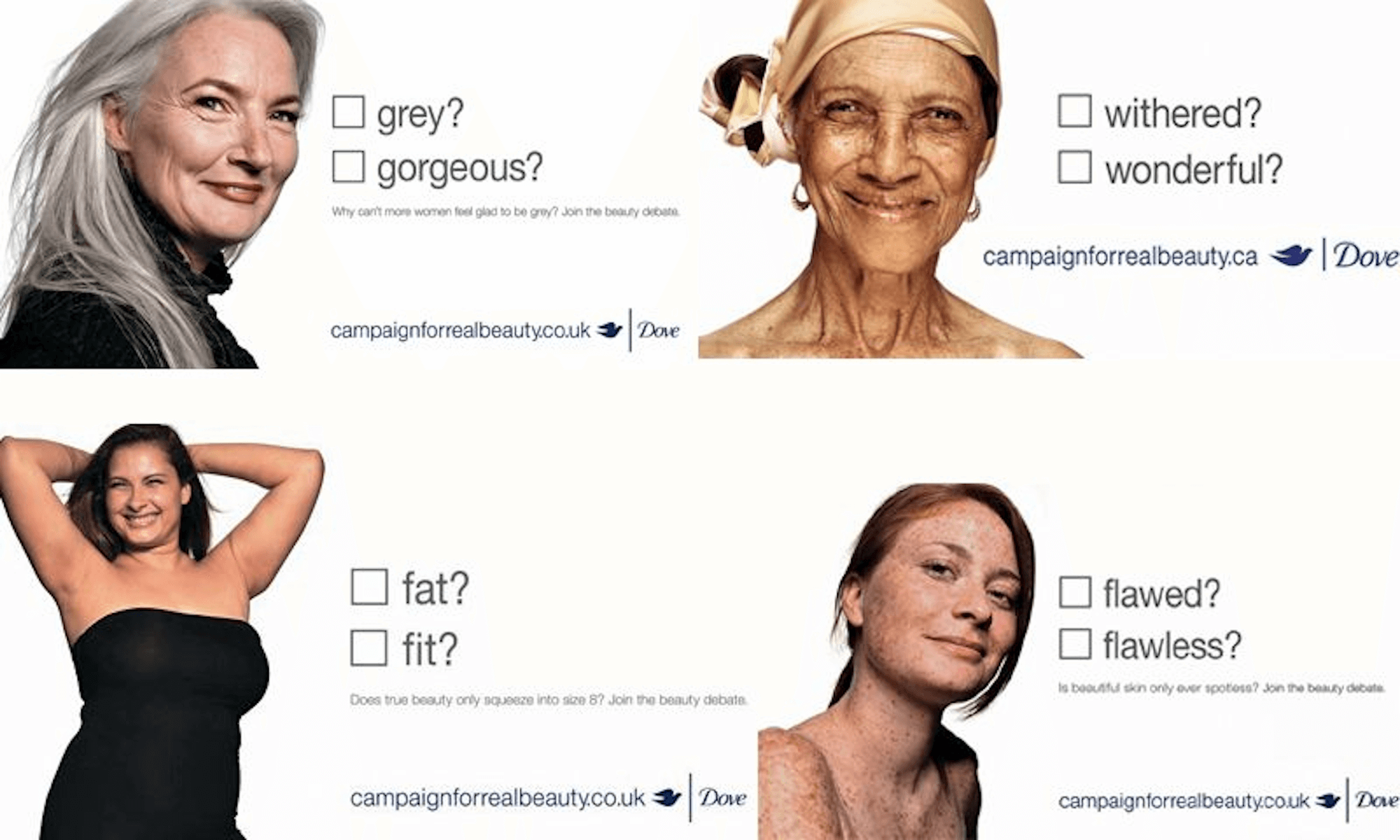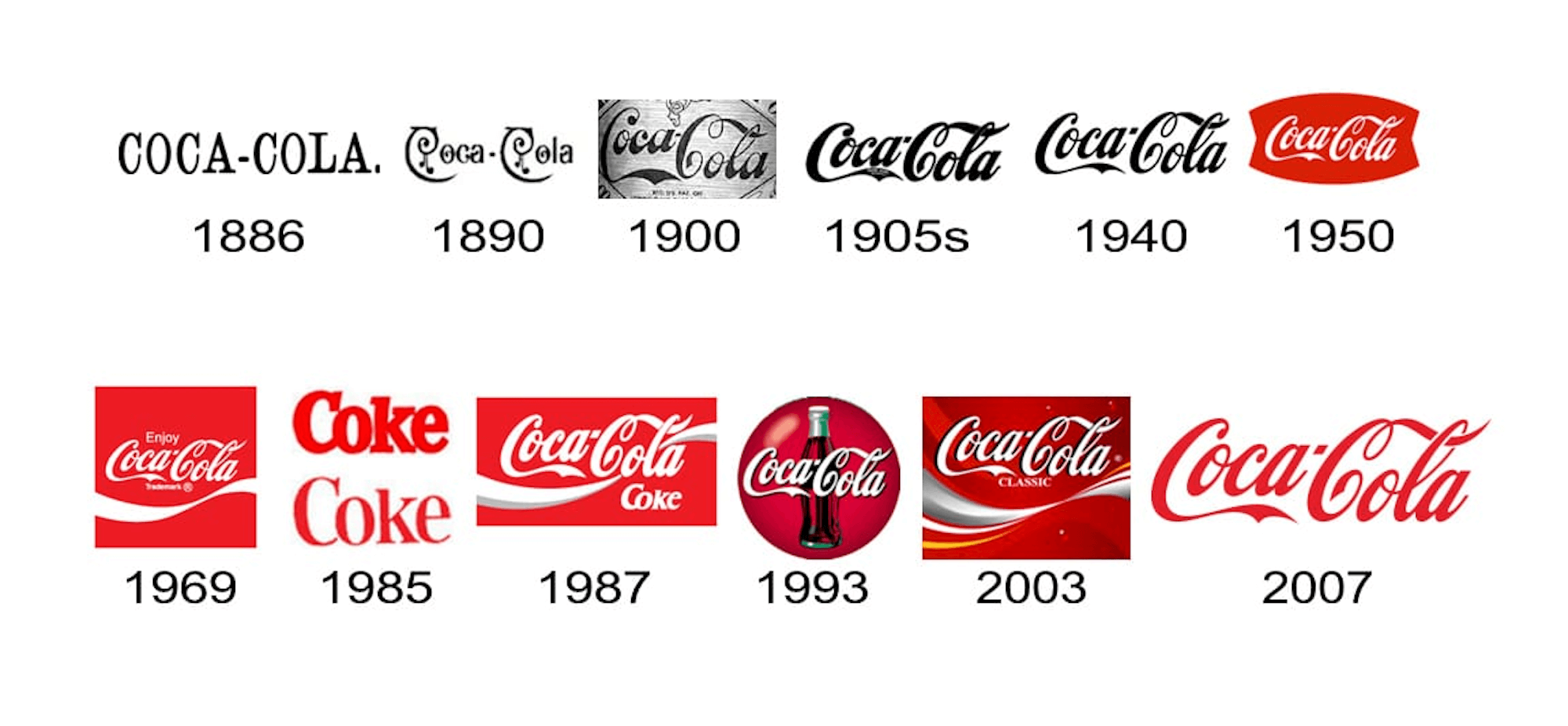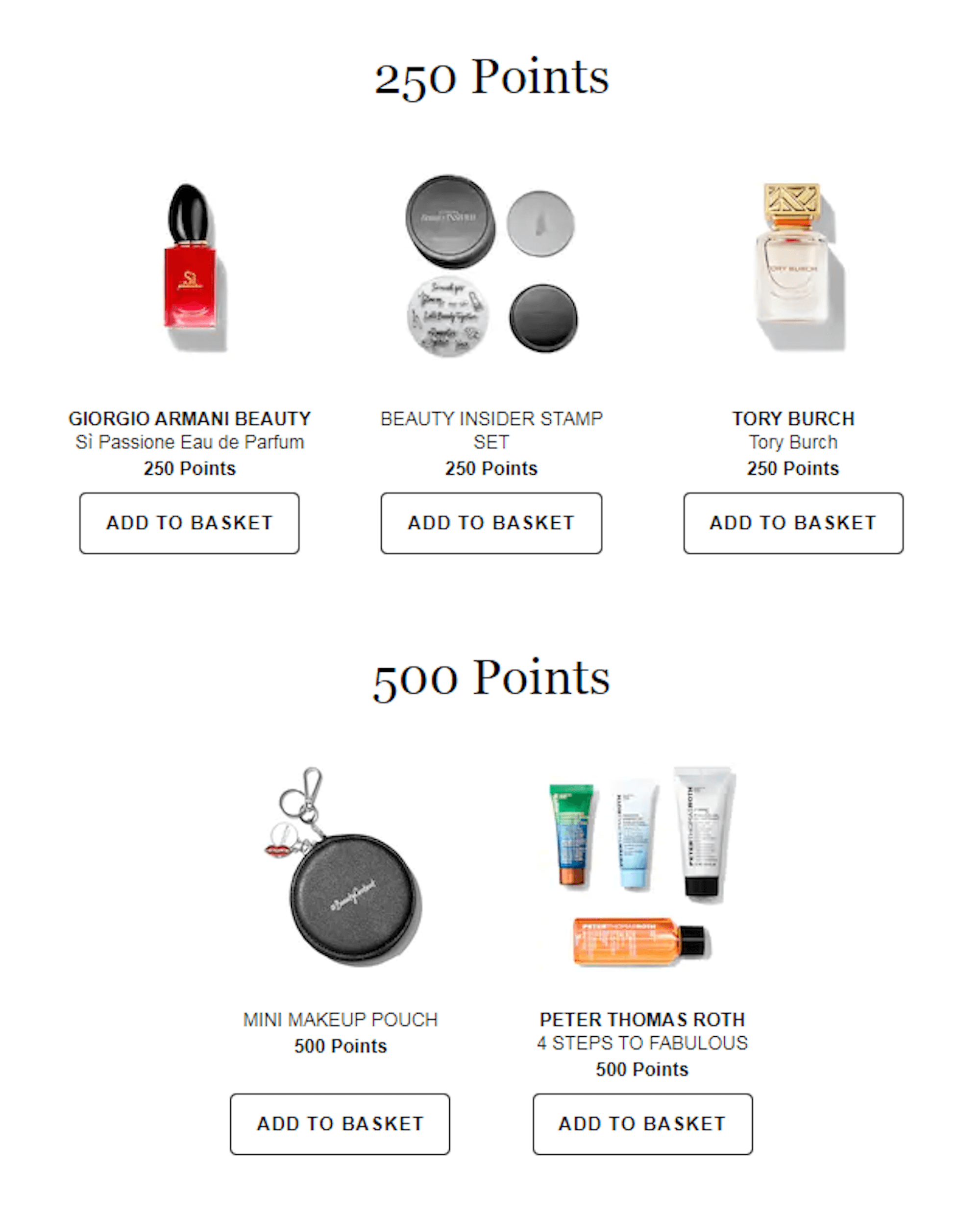Seven seconds. That’s how much time you have to make a first impression on your target audience! And as per a research conducted by Diane E Moire, within 90 seconds of initial viewing of a product, people make a subconscious judgment about it. This is why it’s important to have an upbeat branding strategy.
Your brand image and communication decide whether a given individual converts into your customer. This is why it is imperative to build a strong brand.
Rather than jumping into product launches, first, take a step back and build a branding strategy for your business. Here are the essential elements you must incorporate.
1. Understand Your Brand’s Purpose
Before you can begin creating marketing communications and ensuring brand awareness, you must first yourself understand what your brand is trying to achieve? What purpose does it want to fulfill?
Let’s say you are in the personal care business. Your purpose can’t be as simple as offering soaps and lotions to women who want to look beautiful.
Why?
This is because this has already been done before! And a functional benefit is something every player in your niche is already satisfying. So, what is it that you are doing differently?
Your brand purpose must be unique and relevant to your audience. It must transcend your products.
In the case of personal care, Dove’s brand purpose revolves around the notion of Real Beauty and acceptance of it. You will see each of its communication embodying this.

So, write a mission statement to define your brand’s purpose. Entwine it with the core values your business beliefs in. Look at how you can impact customers rather than benefiting them.
2. Decide Which Emotions You Want To Tap
You might have observed that all leading brands have a certain tone and personality. Some are known to be witty and humorous, while others strive to create an emotional connection with the audience.
John Lewis & Partners release ads every Christmas that aims to tug at the heartstrings of their audience. Every year, people look forward to an ad! This is an example of an effective branding strategy in play.
To develop such loyalty among people, first, create a relevant brand personality and tone. And to do so, you must know which emotions you want to tap into. This will depend on the type of product you have and the consumers that you are targeting.
For starters, while Gen Z’s will appreciate crisp and satirical humor, baby boomers are more likely to opt for brands that are sophisticated and respectful.
So, understand your consumers and decide on a tone accordingly. Ensure that your tone remains consistent across mediums.
3. An Effective Logo
As per Pam Moore, it takes at least five impressions before an individual can effectively recognize a brand. One thing with the world of branding that facilitates this process is a logo.
Your logo is not merely a symbol. It is a visual identification of your brand. With that, it can allow your target audience to recognize and link your marketing communications with your product.
For instance, the chances are that you can effectively recall the logos of Nike, McDonald’s, Starbucks, Apple, and Coca-Cola! In fact, as per the company itself, Coca-Cola can be recognized by 90 percent of the global population.

When implementing a branding strategy, start with your logo. Give your logo design company a proper brief about your brand purpose, story, and vision. Ask them to incorporate it all in the symbol. However, this doesn’t mean that your logo needs to be complicated.
An effective logo is simple, meaningful, scalable, relevant, and timeless. A quality company and the clarity of your brief will ensure the creation of a logo that ticks all these boxes.
4. Build Customer Loyalty
Brand resonance and loyalty is the ultimate goal of all branding efforts. After all, as per Fundera, 43 percent of consumers spend considerably more money on brands they feel loyalty towards.
Additionally, branding doesn’t just aim to ensure brand awareness among new customers. Long-term goals revolve around retaining consumers since their lifetime value is quite higher than one-time purchases of new customers.
But how do you build customer loyalty via branding?
You can do so by creating reward programs for your loyal customers. Sephora Beauty Insider has been successful in doing so.
The rewards program has over 17 million members, which account for a whopping 80 percent of the total yearly sales of Sephora! The reward program works by offering points to customers which they can choose to spend as they like, whenever they want.

Moreover, you can ask for their reviews and feedback so that they feel that their opinions matter. You are more likely to stick by something you feel you are a part of. In 2018, IKEA launched a platform called “Co-Create IKEA,” which allows customers to participate in developing new products.

This helps the company in creating products as per user needs. It also relays to consumers the importance the brand places on them. A win-win!
It Is Time To Build Your Brand
Make sure to focus on each of these four elements. However, know that merely including them in your branding strategy isn’t a full-proof way to boost your resonance and loyalty.
Once your strategy is ready, it is time to implement it to test if it really does work. Remember, even the best of strategies might not have the desired results. Don’t put yourself down if you don’t get it right the first time.
Instead, learn from your mistakes. See what elements require attention and continuously improve your brand.
Do your research. Truly understand your target audience when drafting your brand purpose and tone. Create a logo that represents it all and work towards achieving customer loyalty. Adapt to consumer reactions to your brand.
Let us all know how it fares for your business. Do you think there are other vital branding elements we missed out on? Will having an upbeat branding strategy help your business?
Share at:ChatGPTPerplexityGrokGoogle AI







